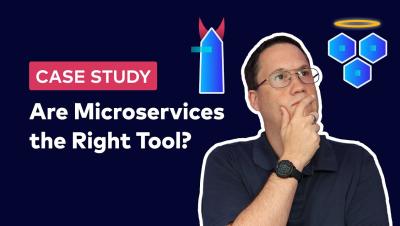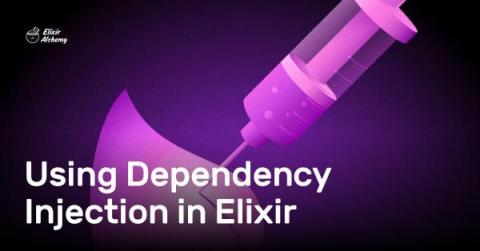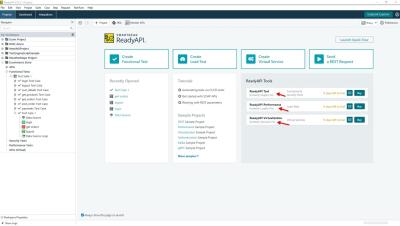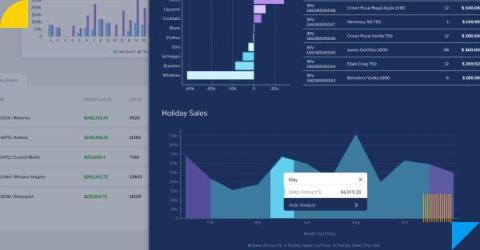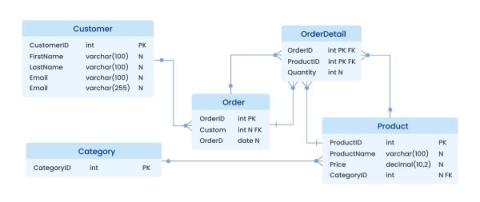Modernize Payments Architecture for ISO 20022 Compliance
The payments industry is evolving rapidly, fueled by technological advancements, changing consumer behaviors, and a growing appetite for real-time transactions. As this transformation unfolds, new standards have been introduced to ensure the payments ecosystem's safety, security, and efficiency.




